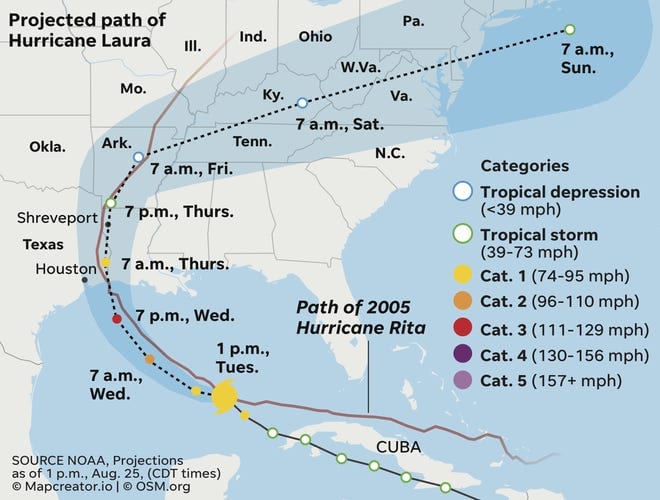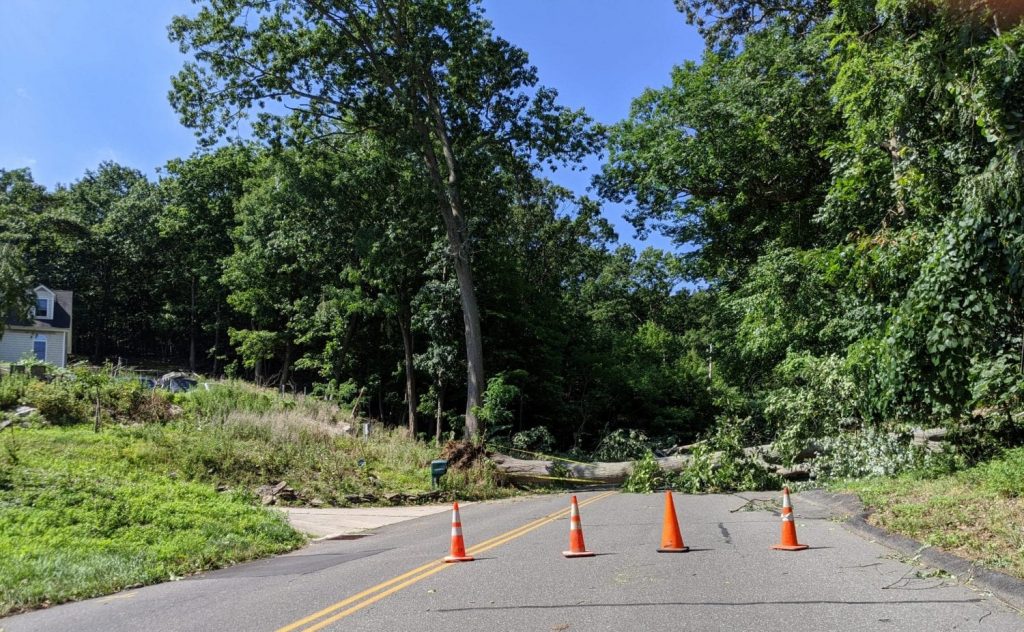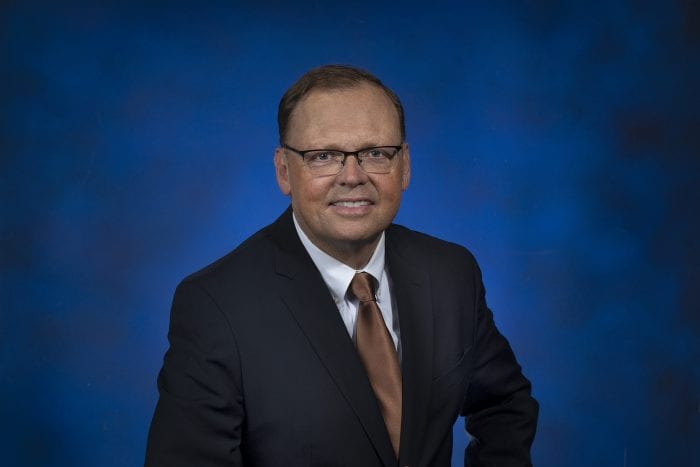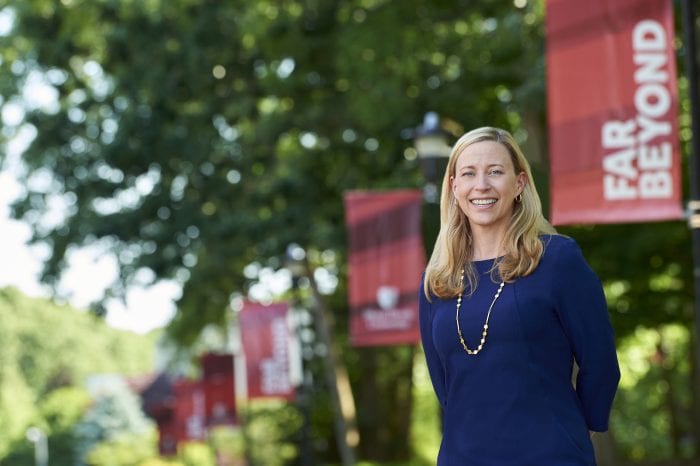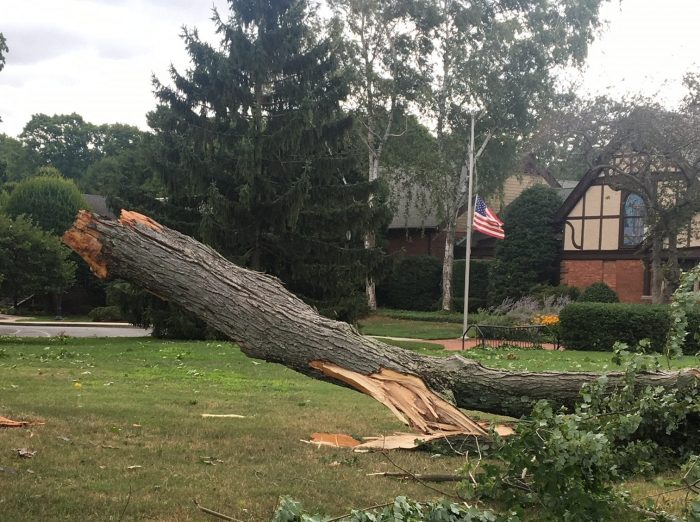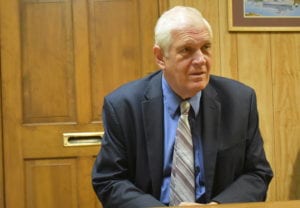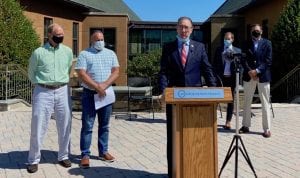Residents of both Suffolk County and New York City have turned to local hotels and bed and breakfasts to enjoy time away from home amid limited travel options during the pandemic.
With out-of-state guests from numerous states limited in their travel to the area, corporate travel down considerably, and sports teams either shut down or playing without any fans, area hotels have still attracted guests from nearby towns and villages and from city residents disappointed with ongoing urban closures and eager to enjoy a natural setting.

“It’s very different now,” said Jamie Ladone, sales executive at the Holiday Inn Express Stony Brook. “We’re not getting as many out-of-state guests,” but the hotel is finding people who are eager for a staycation.
Indeed, Emilie Zaniello and her family recently spent a weekend at the Holiday Inn, just 20 minutes from her home in Centereach
“We needed to get out of our element, to take a break from everyday life and the stresses right now,” said Zaniello, who stayed during a weekend with her husband John and their two children, 8-year-old Abigail, and 6-year-old John Robert.
The family felt “cooped up in the house” as their children didn’t have as much of an opportunity to do “normal, everyday things,” Zaniello said.
Abigail and John Robert enjoyed playing on the baseball field and the basketball court, while the family also booked time to go swimming.
“It just felt like a mini-vacation, where we didn’t have to go too far,” said Zaniello, who drove back and forth to her home to take care of the family’s two miniature dachshunds.
At the Holiday Inn, Suffolk residents have also enjoyed the indoor pool, outdoor patio, and volleyball and basketball courts, which families can use while maintaining social distancing, Ladone said. The hotel also has a putting green, horseshoes, and a baseball field and basketball court.
“We have people looking to spend quality time together like a family outdoors,” Ladone said.
The Holiday Inn has a meeting space upstairs with a seating capacity, under non-pandemic conditions, of 100. The hotel is hosting baby showers and corporate events outdoors on their patio.
The Holiday Inn has booked about 30 percent more outdoor parties than usual, Ladone said.
The Stony Brook hotel has also partnered with Spa Exotique, which offers massages or facials, and kayak packages with Stony Brook Harbor Kayak and Paddleboard.
Bed and Breakfast
Bed and breakfasts in the area are also attracting attention from residents of Suffolk County and New York City.
At the Fox and Owl Inn in Port Jefferson, people are booking their rooms one to three weeks before they need them, reflecting the uncertainty about plans that might need to change amid fluid infection rates.
For the past two months, the Fox and Owl has been booking about 90 to 95 percent of their capacity, with a majority of the guests coming from New York City and Long Island rather than the usual far-flung locations across the country and world.
The bed and breakfast derived its name from “The Lord of the Rings” book series, which husband and wife owners Andrew Thomas and Rebecca Kassay enjoys. They each picked an animal that was native to the area and hoped to create a place that was akin to the respite the main characters felt when they visited an inn.
Kassay said the Inn has “kept up to date as far as the recommendations for cleaning and the response to the COVID-19.”
“It just felt like a mini-vacation, where we didn’t have to go too far.”
— Emilie Zaniello
The Fox and Owl is located in an 1850 Victorian home, which has large windows that Kassay keeps open as often as she can. Kassay and Thomas also use Lysol on surfaces regularly and ask their guests to wear masks in public.
While guests sit on sofas that are six feet apart, they have shared stories about their quarantine experiences and make predictions about what will happen next.
The Fox and Owl has three guest suites. Some family groups have booked the entire bed and breakfast, which is “really nice for families that are coming to visit other family members,” Kassay said. Groups of friends with similar quarantine habits who feel comfortable interacting with each other have also booked the entire Inn.
The Fox and Owl offers guests the use of a jacuzzi, which is complimentary with any booking. For an additional fee, the Inn provides S’Mores near the fire pit.
Kassay said she and Thomas appreciate that they can offer people an “escape and relief from the stress that everyone is handling.”
As the owner of a bed and breakfast, she said she has reflected on the challenge of remaining personable to guests even while wearing a mask. The daughter of a Sicilian mother, Kassay was raised to speak by using body language and by communicating with her hands as well as her words.
She noticed how guests have become “more expressive,” she said. “If you stop and look at people talking, there is more physicality to American’s interaction with one another.”
A resident of midtown, Mey, who preferred to use only her first name, said she and her boyfriend came to Port Jefferson to escape from the city and enjoy nature amid all the urban closures.
They planned to visit Port Jefferson for the day and wound up spending the night at the Fox and Owl Inn when they weren’t ready to drive back to Manhattan. Mey and her boyfriend enjoyed sitting on the porch, visiting a nearby park and eating ice cream.
“Port Jefferson has a lot of nature and the feeling of a vacation,” Mey said. The experience was “very chill.”
The Manhattanite enjoys attending Broadway shows when she is in the city, which are still closed.
The urban couple traveled to Long Island because they were “looking for something peaceful” and they “found it. Seeing green is better than seeing buildings.”




